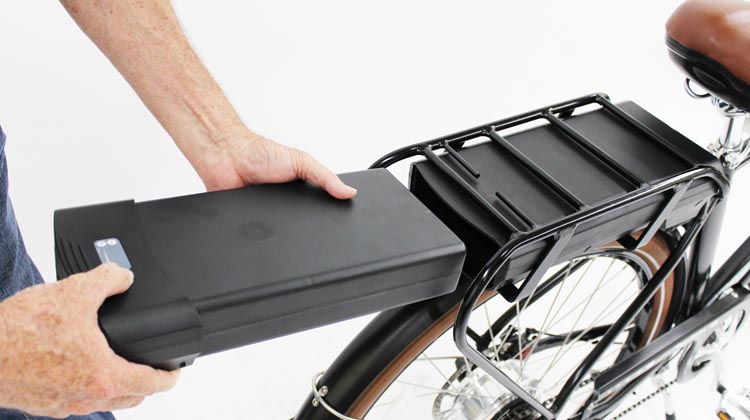
Introduction
Electric bikes (e-bikes) have become increasingly popular for commuting, recreation, and eco-friendly transportation. One of the key components that determine the performance and range of an electric bike is its battery. Choosing the right battery for an electric bike is crucial for a satisfying and efficient riding experience. In this guide, we’ll explore the factors to consider when selecting a battery for an electric bike.
Battery Types
Lithium-ion (Li-ion)
Lithium-ion batteries are the most common type used in electric bikes due to their high energy density, lightweight design, and long cycle life. They come in various chemistries such as NMC, NCA, and LFP, each with its own set of advantages. NMC batteries, for instance, offer a good balance between energy density and lifespan, making them a popular choice for electric bikes.
Nickel-Metal Hydride (NiMH)
NiMH batteries were once common in electric bikes but have become less popular due to their lower energy density and heavier weight compared to lithium-ion batteries. However, some older e-bike models may still use NiMH batteries.
Lead-Acid
Lead-acid batteries are the oldest and heaviest type of e-bike batteries. They have a lower energy density and a shorter lifespan compared to lithium-ion batteries. Due to their weight and limited performance, lead-acid batteries are less common in modern electric bikes.
Factors to Consider
Capacity (Ah)
The capacity of an e-bike battery is measured in ampere-hours (Ah) and indicates the amount of energy it can store. Higher capacity batteries generally provide longer ranges, but they can also be heavier and more expensive. Consider your typical riding distance and choose a battery with a capacity that meets your needs.
Voltage (V)
Voltage determines the power output of the battery. Most e-bikes operate on 36V, 48V, or 52V systems. Higher voltage batteries can provide more power, which is beneficial for climbing hills and achieving higher speeds. Ensure that the battery voltage is compatible with your e-bike’s motor and controller.
Weight
The weight of the battery can significantly affect the handling and overall weight of your electric bike. Lithium-ion batteries are generally lighter than NiMH and lead-acid batteries, making them a preferred choice for those looking for a lightweight and nimble ride.
Charging Time
Consider the charging time required for the battery. Lithium-ion batteries typically have shorter charging times compared to NiMH or lead-acid batteries. Quick charging can be convenient, especially if you have a busy schedule and need to recharge your battery frequently.
Lifecycle
The lifecycle of a battery refers to the number of charge cycles it can undergo before its capacity significantly diminishes. Lithium-ion batteries, especially those using NMC or NCA chemistries, typically have a longer lifecycle compared to NiMH or lead-acid batteries. A longer lifecycle ensures that your battery will last for many years before needing replacement.
Price
While lithium-ion batteries are more expensive upfront, they often provide better value in the long run due to their higher energy density, longer lifespan, and lighter weight. Consider your budget and evaluate the overall cost of ownership, factoring in the battery’s lifespan and performance.
Maintenance Tips
Temperature
Extreme temperatures can affect the performance and lifespan of your e-bike battery. Store and charge your battery in a cool, dry place. Avoid exposing it to direct sunlight or extreme heat, as this can degrade the battery’s capacity over time.
Regular Charging
Charge your e-bike battery regularly, and avoid letting it fully discharge before recharging. Lithium-ion batteries perform best when kept within a certain state of charge. Regular charging helps maintain the battery’s health and extends its lifespan.
Storage
If you plan to store your e-bike for an extended period, partially charge the battery to around 50% before storing it. Store the battery in a cool, dry place and check its charge level periodically to ensure it doesn’t drop too low.
Conclusion
Choosing the right battery for an electric bike is a crucial decision that directly impacts its performance, range, and overall usability. Consider your specific needs, budget, and the factors outlined in this guide to make an informed decision. Whether you’re a daily commuter or a weekend adventurer, a well-chosen battery will enhance your electric biking experience and keep you on the road for miles to come.
Also Read: Amazon Electric Bikes